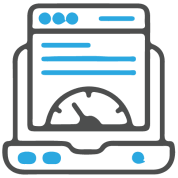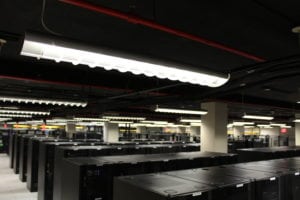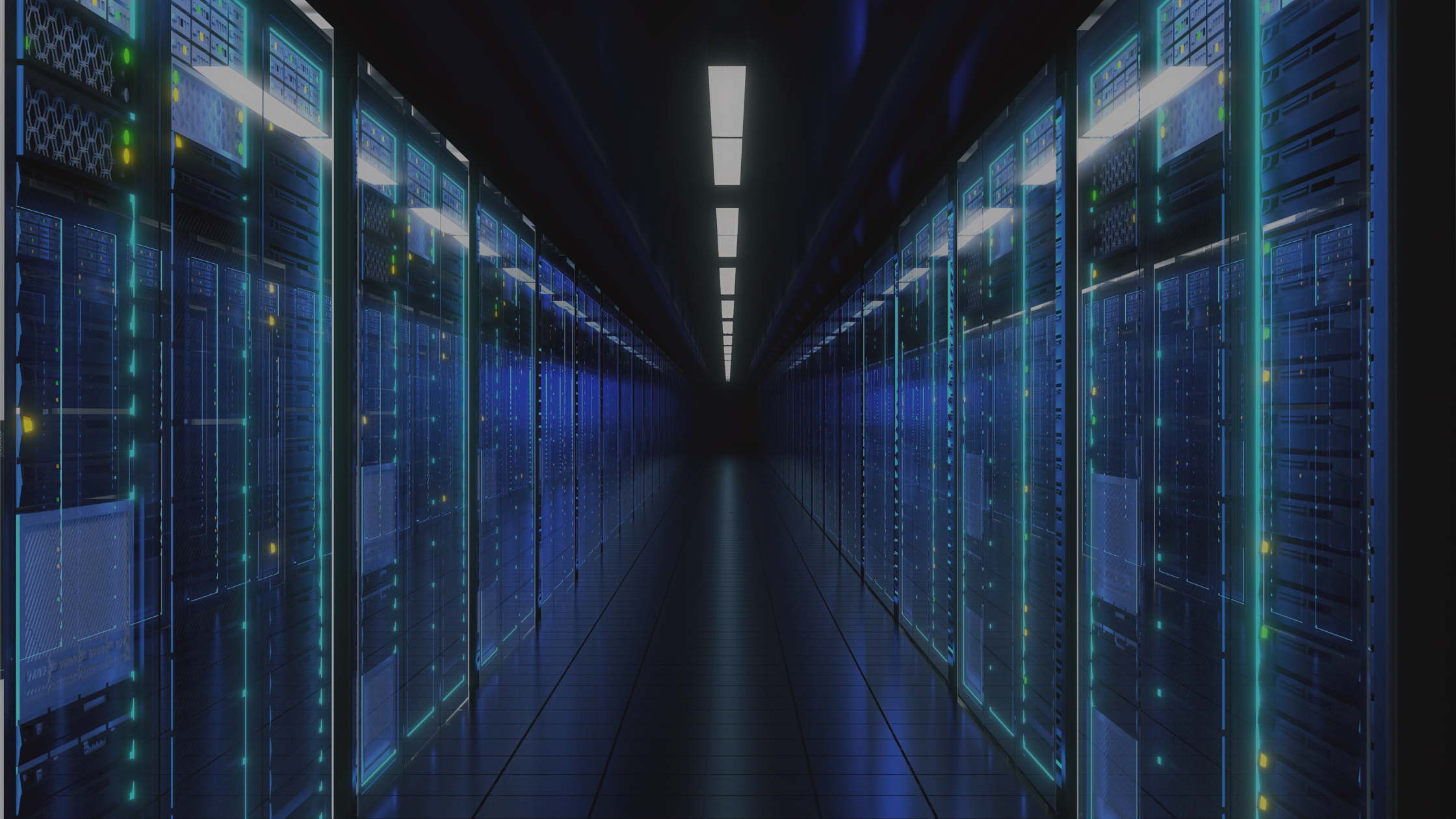In a data center, there are many pieces of hardware and equipment that make up the moving parts necessary to protect critical information. When outsourcing, it’s crucial to ensure that a colocation facility is committed to keeping track of all environmental variables for each piece of equipment. This helps the facility’s technical team remain aware of issues requiring corrective action, and enables them to enact the preventative measures necessary to avoid these issues in the future. Proper utilization of these environmental monitoring tools will allow the data center provider to see what system is using which resources, in turn positioning the facility for optimal use.
Temperature
Gauging temperature control within the data center is essential in order to avoid equipment overheating, to regulate equipment cooling, and to measure overall efficiency.
It is not enough to simply rely on the temperature conditions at room level in a data center. When a heat issue arises, the air conditioning system will attempt to remedy the issue, but this will only become apparent with the system is unable to compensate, which may be too late for the rack. Optimal environmental temperature monitoring typically includes multiple temperature sensors located on the top, middle, and bottom of racks, and at air conditioning intake and discharge vents to measure heat generation and output as well as cooling efficiency.
Temperature control as an environmental monitoring device is useful in the analysis and optimization of the colocation facility’s heating and cooling system. Temperature monitoring can help the facility save energy while making sure that sensitive IT equipment will not be compromised.
Humidity
If temperature controls are being properly monitored, one would hope that humidity would not become an issue in the data center. However, it is important to monitor humidity as an environmental control as its effects on equipment have the potential to be devastating.
High humidity in a colocation facility may result in equipment corrosion while low humidity may result in a buildup of static electricity – both of which have the potential to severely damage critical equipment. Water and humidity sensors should be deployed at strategic locations both inside and outside of the rack in order to monitor humidity levels, and static electricity monitoring equipment should be positioned at intervals throughout the data center to monitor charges.
Airflow
Proper airflow within the data center is closely tied to the facility’s air conditioning system. Maintaining airflow will work in conjunction with temperature and humidity control, acting as a third regulator for consistency.
Airflow recommendations depend on the size of the facility environment, but generally speaking it is important to regulate air flowing through and external to the racks, in addition to the air conditioning vent intake and discharge. Air pressure discrepancies may result in hot and cold aisle partition leaks and will destabilize humidity and temperature controls. Keeping these systems in check will ensure that cooling and containment systems are functioning properly, and will allow for continued system optimization.
Water
In the event that a leak occurs inside of a piece of equipment or as a result of a flood or disaster, water sensors should be deployed both inside and outside of the rack, at the lowest point on the floor of the data center, and underneath any pipes. The air conditioning system should also be equipped with sensors to detect moisture overflow. Air with too much humidity has the potential condense into liquid water that will pose a heightened risk to systems and equipment.
Power & Voltage
Electrical failures are one of the most devastating events to occur within a data center. An electrical failure affects critical functionalities within the data center as a whole, and so it is crucial to ensure that proper environmental monitoring measures are in place to prevent an unforeseen power outage.
An uninterruptible power supply (UPS) should always exist within the colocation environment in order to provide server redundancy in the event of a failure. However, even with a UPS in place, in the event of a power disruption air conditioning systems may be affected, which can quickly lead to facility overheating.
By monitoring the electrical current coming into the data center, an organized shutdown of IT equipment can be performed if necessary and prevent widespread equipment failure, and power consumption rates can be logged in order to make the environment more efficient.
Smoke & Fire Suppression
Smoke and fire suppression devices are standard in most facilities, and data centers are no exception. However, in a colocation facility, smoke alarms should be wired into an alert system so that in the event of a fire, the alarm will alert the technical team in order to tend to the facility’s critical equipment as soon as possible. It’s especially important to monitor smoke and fire suppression systems regularly as they often sit idle for extended periods of time, and it’s essential to guarantee they will function in the event of a fire.
Selecting a data center with rigid environmental monitoring procedures in place can help ensure that all equipment within the facility is protected at all times, and that the most exhaustive measures are being deployed in securing mission critical data. Environmental monitoring in the data center will not only benefit customers and their business needs, but will assist in creating a more efficient data center overall.















